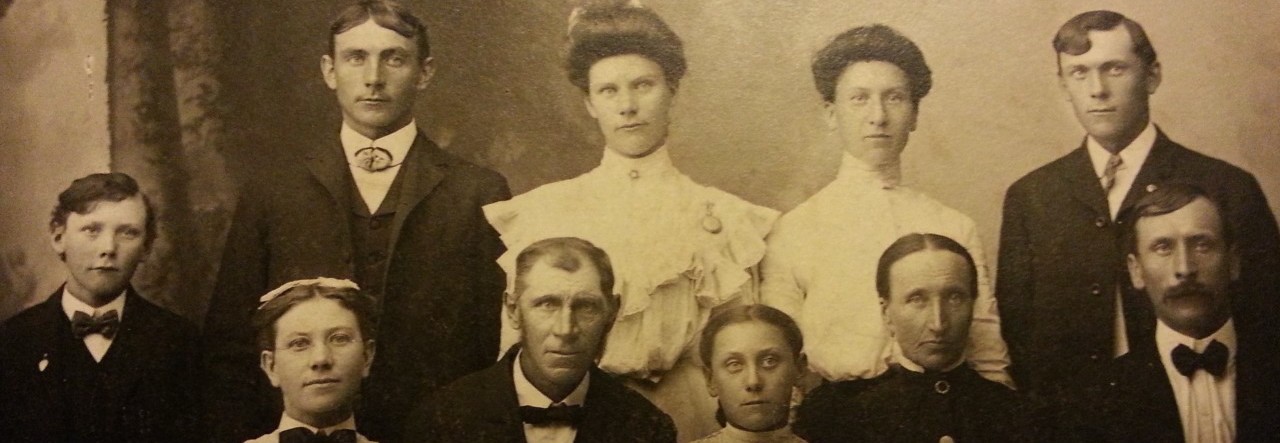
This week’s topic had me grasping for an idea. I do have some things from my ancestors, but they are more recent: my grandmother’ diary, her hope chest, and LOTS of pictures (which I put into it’s own category instead of heirloom).
However, those don’t seem to really grasp the word heirloom to me. An heirloom is something passed on for several generations. There are items in our family like that, but nothing that I actually possess at the moment, nor know enough about really (but this brings up the fact that I should ask for the stories about them and get pictures…).
So what do I have? DNA! That is definitely something that has been passed down through the generations.
Keeping in mind that ethnicity estimates are estimates, here’s the breakdown for my DNA from AncestryDNA:

From FamilyTreeDNA:

And from MyHeritageDNA:
There are a number of rather large differences there and always something to keep in mind with your ethnicity results for these tests. You are being compared to reference groups that each company has created. To get a better idea, you’ll want to read more about how countries are grouped for each company (for example, Ireland is separate for AncestryDNA and MyHeritageDNA, but not FamilyTreeDNA) and how many people have been tested in those reference groups. That will make a difference and you’ll notice your percentages will change as more and more people are tested.
Really, for me, those are good fun and make for interesting conversation. It’s interesting to see how I compare to family members but I understand that this is still a new science and not as exact as people may expect or hope for.
With DNA testing, I have been able to test both my maternal grandparents. My paternal grandparents are no longer here, but I have tested my dad and my paternal grandfather’s sister. So when I match with someone, I can at least see which line we are likely to be connected.
I’ve become interested in DNApainter.com as well. If you haven’t tried this yet, you should! It’s a lot of fun and for visual people like myself, it’s SO neat to see where your chromosomes come from. I won’t go into too much detail here, but you can take your chromosome matches from a site like FamilyTreeDNA and put them into DNApainter to “paint” your chromosomes that are from specific ancestors or lines. To show you, here are my chromosomes showing what chromosomes I get from my maternal grandparents (the bottom chromosome, two shades of pink) and from my paternal great-aunt (dark color on the top chromosome), and then my dad, which I don’t have highlighted below as it overlaps with his aunt. 
So the top part of each chromosome comes from my dad. When someone matches me, I can usually break it down to one of my four lines by seeing if someone also matches either of my grandparents, my aunt, or my dad. Obviously, my grandpa does have a different DNA combination than his sister, which my dad could have inherited, and therefore I could have inherited. So I can’t say for sure that if someone doesn’t match my aunt, but matches my dad and I, that they are part of his mom’s side. However, this still gives me a pretty solid starting point in figuring out where someone may match with me in my ancestry.
Side note: RootsTech is happening this week! You can watch from home too, which is what I’ll be doing. Here is the streaming schedule for you: RootsTech Live Stream Schedule




![Zephyris at the English language Wikipedia [GFDL (http://www.gnu.org/copyleft/fdl.html)], from Wikimedia Commons](https://i0.wp.com/www.copperleafgenealogy.com/wp-content/uploads/2016/01/A-DNA_B-DNA_and_Z-DNA-e1454015169173.png?resize=500%2C326)
